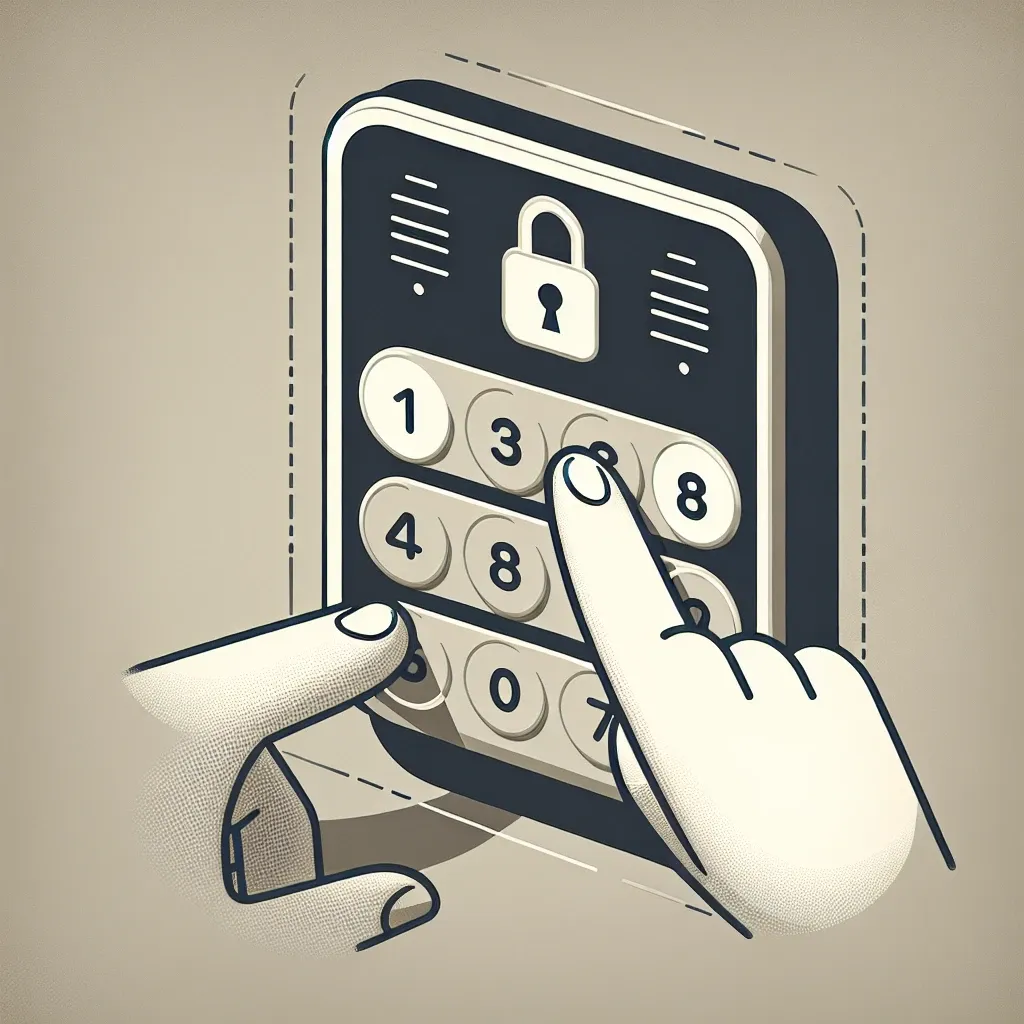How to Unlock a Keypad?
Introduction
Keypad locks offer a secure and convenient way to protect your home, office, or other valuable properties. Unlike traditional locks, keypad locks eliminate the need for keys, making them an attractive choice for many. However, understanding how to unlock a keypad is crucial, especially if you are new to these security systems. This article walks you through the steps to unlock various keypad types, troubleshooting tips, and best practices for maintaining your keypad locks.
Types of Keypad Locks
Understanding the type of keypad lock you have is essential for unlocking it correctly. Keypad locks are broadly classified into two categories:
- Electronic Keypad Locks
- Mechanical Keypad Locks
Comparison Table: Electronic vs. Mechanical Keypad Locks
| Feature | Electronic Keypad Locks | Mechanical Keypad Locks |
|---|---|---|
| Power Source | Batteries or Hardwired | Manual |
| Durability | Moderate | High |
| Complexity | High | Low |
| Security Level | High | Moderate |
| Cost | Higher | Lower |
How to Unlock an Electronic Keypad Lock
Electronic keypad locks often come with a wide range of features, including keyless entry, temporary access codes, and even smartphone connectivity. Here’s how to unlock one:
Step-by-Step Guide
- Enter Code: Simply type in the access code using the numeric buttons on the keypad. Ensure you press each button firmly.
- Press Enter: After entering the code, press the ‘ENTER’ or ‘#/✔’ button, depending on your lock model.
- Rotate the Knob: Once the code is accepted, you will hear a beep or see a light indicating the lock is open. Rotate the knob to unlock the door.
- Tips: Make sure your hands are dry to avoid any issues with the keypad recognition.
How to Unlock a Mechanical Keypad Lock
Mechanical keypad locks do not require batteries or any form of power, making them extremely reliable. Here’s how to unlock a mechanical keypad lock:
Step-by-Step Guide
- Enter Code: Similar to electronic locks, enter the preset code by pressing the numeric buttons. Each button will make an audible click.
- Clear Button: Some models require pressing a clear button before and after entering the code. Follow the manual for specific instructions.
- Turn Handle: Once the code is entered correctly, turn the handle or knob to open the door.
- Tips: If the lock doesn’t open, ensure all buttons were pressed in the correct order and retry.
Troubleshooting Common Issues
If you encounter issues unlocking your keypad lock, don’t panic. Here are some common problems and their solutions:
- Forgotten Code: Most electronic locks have a master reset procedure detailed in the user manual. Mechanical locks may require you to disassemble and reset the combination.
- Dead Batteries: For electronic locks, replace the batteries. Some models have an emergency power supply option; consult your manual.
- Buttons Not Responding: Clean the keypad surface to ensure it’s free of dirt and debris. For electronic versions, a software reset may solve this issue.
Maintenance Tips
Regular maintenance can extend the life of your keypad lock:
- Clean Regularly: Use a soft cloth to clean the keypad and remove any dirt.
- Check Batteries: For electronic keypad locks, check and replace batteries periodically.
- Inspect for Wear and Tear: Regularly inspect your lock for any signs of wear. For mechanical locks, ensure buttons click properly and are not stuck.
Conclusion
Unlocking a keypad lock is a straightforward process, provided you follow the correct steps and understand the type of lock you have. Whether you own an electronic or mechanical keypad lock, this guide should help you unlock it with ease. Regular maintenance and troubleshooting can also prevent common issues, ensuring your lock remains functional for years to come. If in doubt, always refer to the user manual or consult a professional locksmith.

